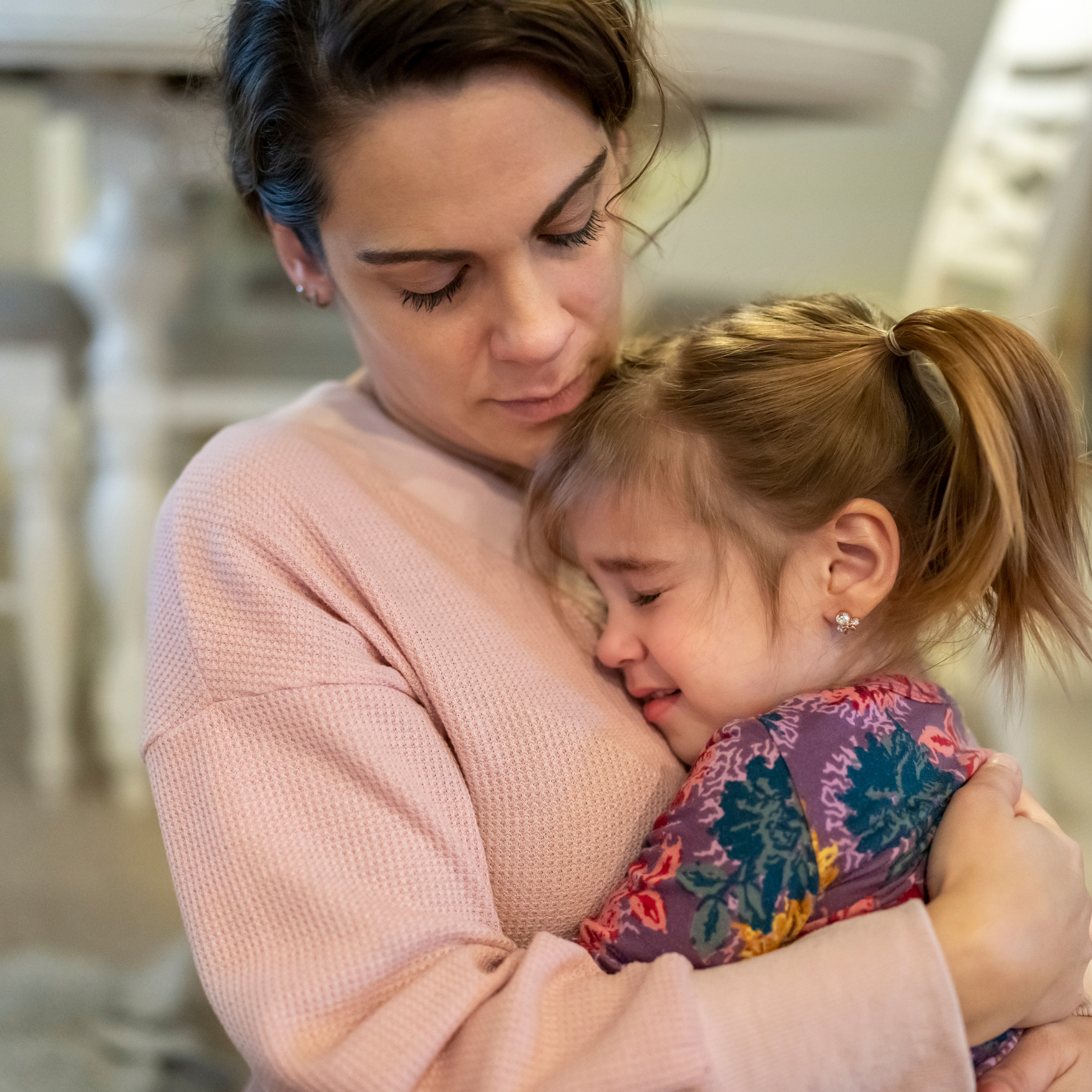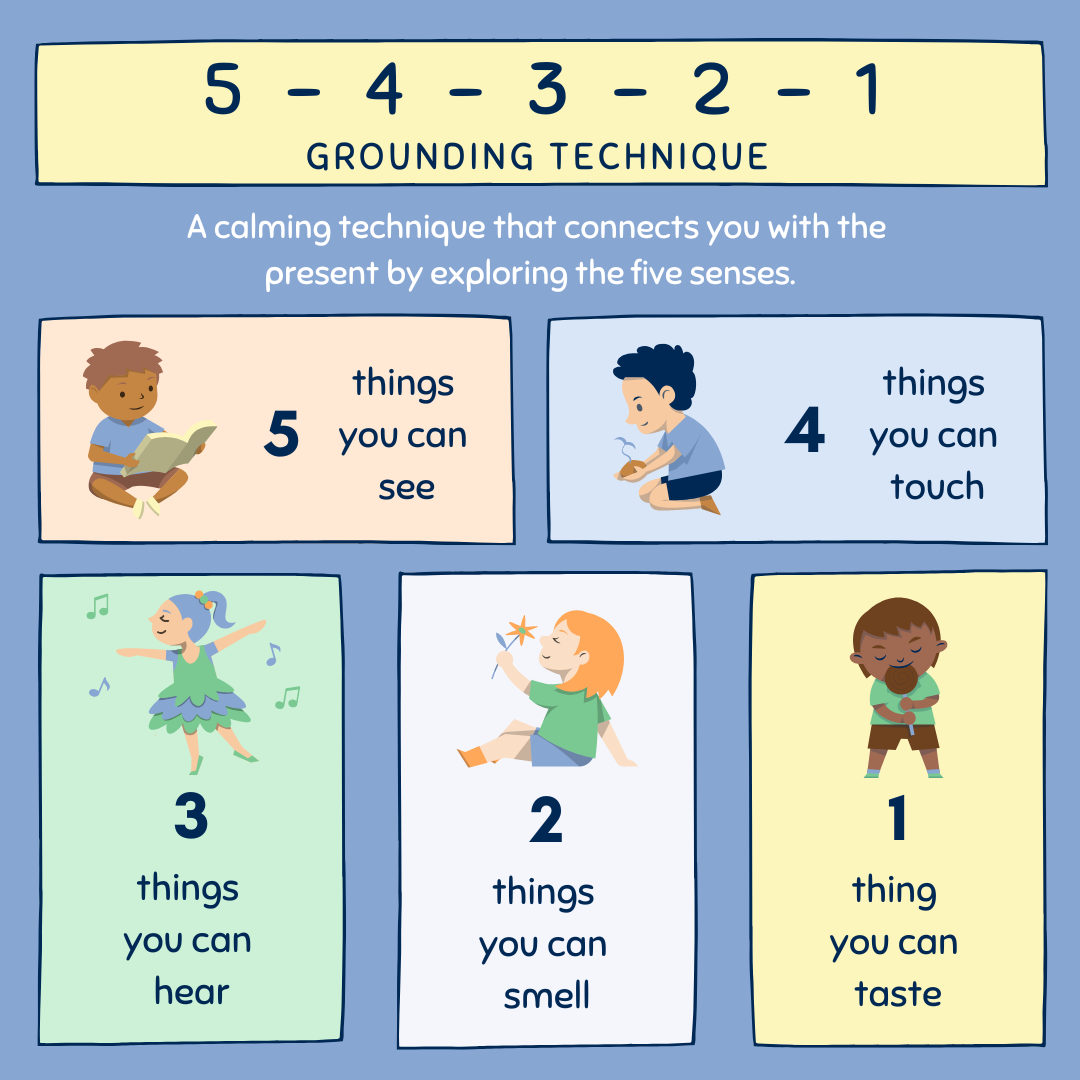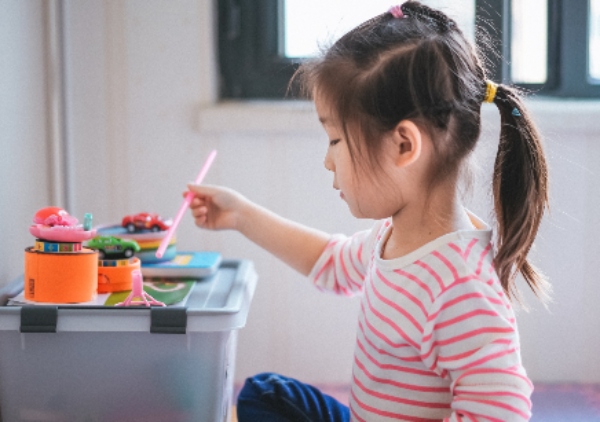Thanksgiving is a time for family, friends, and celebration, but it can also bring new challenges for children with autism. With unfamiliar foods, larger gatherings, and changes in routine, the day can feel overwhelming. With a bit of preparation and thoughtful planning, though, Thanksgiving can be a positive and enjoyable experience for everyone. Here are some tips for preparing an autism-friendly Thanksgiving.
1. Talk About Thanksgiving Ahead of Time
Kids with autism often feel more comfortable when they know what to expect. If your child is old enough to understand, talk to them a few days before Thanksgiving about what the day will involve. Describe where you’ll be going, who will be there, and what the schedule might look like. You can even create a simple visual schedule to help them prepare mentally for each part of the day.
If there are choices they can make, let them be involved! For example, ask what snacks they’d like to have or what toys they’d like to bring. These small decisions can give them a sense of control in a day that might feel out of the ordinary.
2. Communicate with Your Host
If you’re spending Thanksgiving at someone else’s home, have a quick conversation with the host beforehand. Let them know that your child might need flexibility with mealtime or a quiet spot to decompress if things get too stimulating. A little communication goes a long way, and most hosts are understanding and eager to help everyone feel comfortable.
3. Have a Game Plan for Overstimulation
Large gatherings and lively conversations can sometimes overwhelm children with autism. Plan ahead for how to handle things if your child starts to feel overstimulated. Set up a designated quiet area where they can retreat if they need a break. Whether it’s a guest bedroom, a cozy corner, or even the car if you’re visiting family. Having a safe, quiet space to unwind can help keep everyone calm.
4. Focus on Traditions Beyond Food
Thanksgiving meals often involve dishes that aren’t part of a child’s usual diet, which can be overwhelming for picky eaters or children sensitive to new foods. Instead of making food the central focus, create other traditions that your child can look forward to. Watching the Thanksgiving parade on TV, playing a family game, or making a “thankfulness tree” are all ways to celebrate the holiday without putting pressure on eating.
5. Serve a Familiar Meal First
If the Thanksgiving meal is full of unfamiliar options, consider serving your child a regular, comforting meal earlier in the day. That way, they’ve had a chance to eat something filling, and you don’t have to worry if they’re not interested in Thanksgiving foods. A well-fed child will likely be in a better mood for the festivities!
6. Avoid Food-Related Pressure
Thanksgiving is just one day, so if your child doesn’t want to eat anything from the holiday table, that’s okay. You can ask ahead of time if there are any foods they’d like to have included, and try to involve them in food prep if they’re interested—washing potatoes or mixing salad can be fun and give them a role in the meal. Keeping a relaxed attitude about food helps make the day more enjoyable for everyone.
7. Bring Snacks They Love
Thanksgiving can involve a long period between meals, so bringing snacks that your child enjoys can be a lifesaver. Pack a few balanced snacks, like trail mix, apples with peanut butter, or a favorite granola bar, to keep them satisfied and happy throughout the day. You know your child best, so pack snacks that you’re sure they’ll eat.
8. Pack Essentials for Comfort
Preparation is key to a successful outing! Make sure to bring any comfort items your child may need, such as a favorite toy, blanket, or sensory item like noise-canceling headphones. Consider fueling them with a hearty snack before you arrive, so they’re not arriving hungry.
9. Focus on Family Time
Thanksgiving doesn’t have to be “perfect” to be meaningful. Instead of stressing over details, focus on enjoying the time spent together. Engage in activities that make your child happy and let go of any expectations for a traditional holiday. The real essence of Thanksgiving is family and connection.
10. Practice Gratitude Together in a Way Your Child Enjoys
Thanksgiving is all about gratitude, so take a few moments to focus on things your family is thankful for. For some kids with autism, expressing gratitude might be best through drawing, a fun craft, or even a simple “thankfulness jar” where they can place notes or small items that represent what they’re grateful for. This can be a wonderful, low-pressure way to celebrate the holiday’s meaning and involve your child in a way that feels natural to them.
By preparing ahead, you can create an autism-friendly Thanksgiving that everyone will enjoy. This year, embrace the moments of connection, the small traditions, and the joy that comes from spending time together. A little preparation goes a long way in helping create a holiday that’s enjoyable for every family member.
For more tips, check out these resources:
Autism Dietitian: Navigating Thanksgiving with Your Child on the Autism Spectrum
Brain Balance Centers: Tips to Help Kids Avoid Sensory Overload This Thanksgiving












